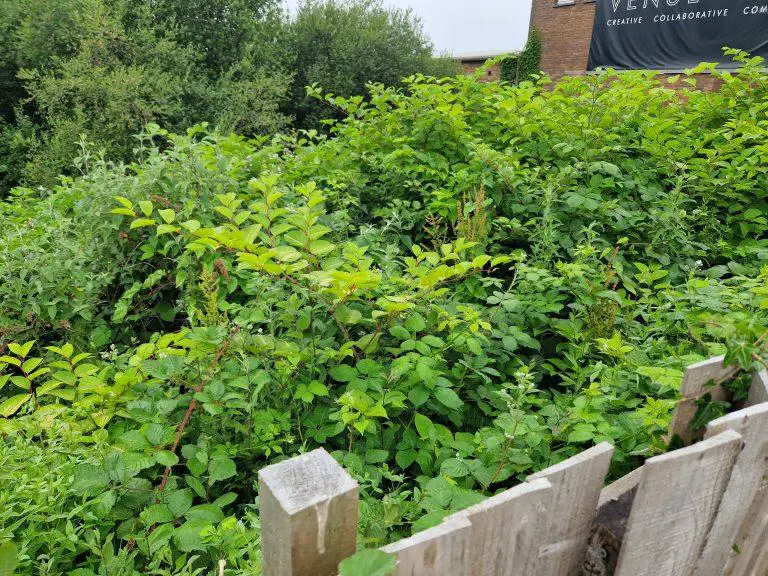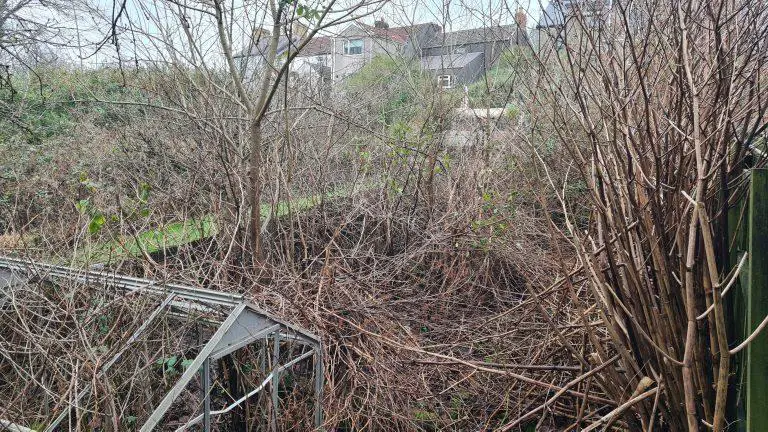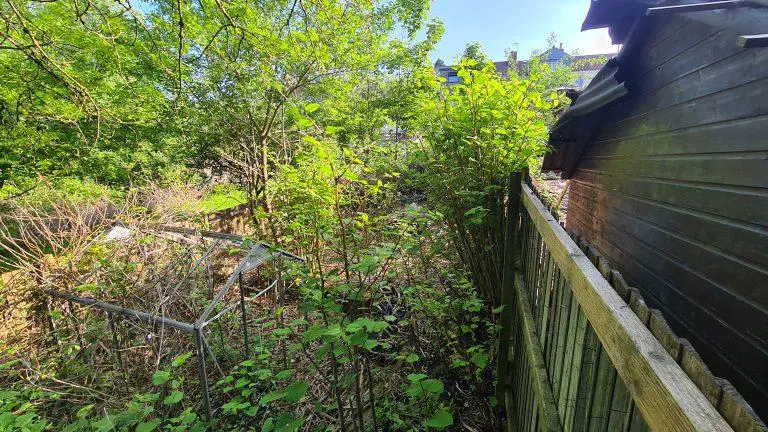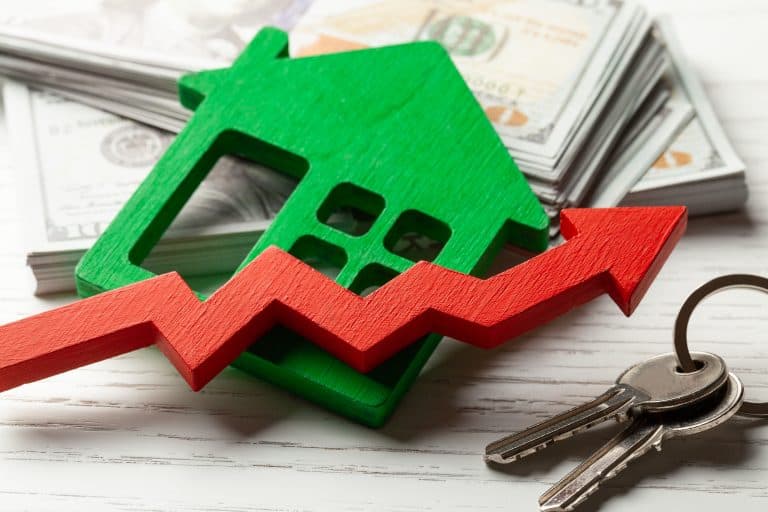Japanese knotweed is an invasive ornamental plant that is often very difficult to get rid of based on its nature to grow deep into the soil and spread relentlessly; this necessitates that one deploys various means of removal, including doing it yourself (DIY) methods that can come in handy and are often cheap as compared to other approaches that would cost an arm and a leg.
To this end, Japanese knotweed removal DIY methods can be termed as first-hand strategies for eliminating the knotweed before considering other means.
The different removal DIY methods one can use to eradicate the Japanese knotweed for good areas are discussed hereinbelow:
Cutting and digging the root out.
Bearing in mind that the Japanese knotweed can grow to heights of 7 feet (2.1 m), it has quite long canes that should be cut down easily.
However, this removal DIY method requires one to be very precise by trimming the canes as close to the ground as possible and getting to the root to prevent the Japanese knotweed from re-growth hence eradicating them.
Further, it is important to ensure that the cut canes are taken far away from the garden to prevent them from growing again.

Regular mowing
This removal DIY method is suitable where the Japanese knotweed is not widespread and preferably at the early stages of growth. The effect of mowing is that it helps to purge the weed’s fragile canes, hampering their growth, albeit not for so long hence the need to constantly mow.
Use of commercial herbicides
Luckily, one can find industrial Japanese weed-killer herbicides that are readily available to eliminate the invasive weed in their garden or lawn.
The recommended commercial herbicide that effectively kills the Japanese knotweed is called “Roundup Tree Stump.”
However, this removal DIY approach requires that one strictly follows the instructions on how to use the herbicide in use. Importantly, such weed killers should be sprayed directly into the weeds for fear that they may affect the surrounding vegetation if they are used recklessly.
This removal DIY method is supposed to instantaneously follow the cutting of the canes process so that when the herbicides are spayed to the cut canes, it will be easier to eradicate them.
As a rule of thumb, one must wear protective clothing, including gloves and a mask, when applying such pesticides because they can be harmful to the human body.
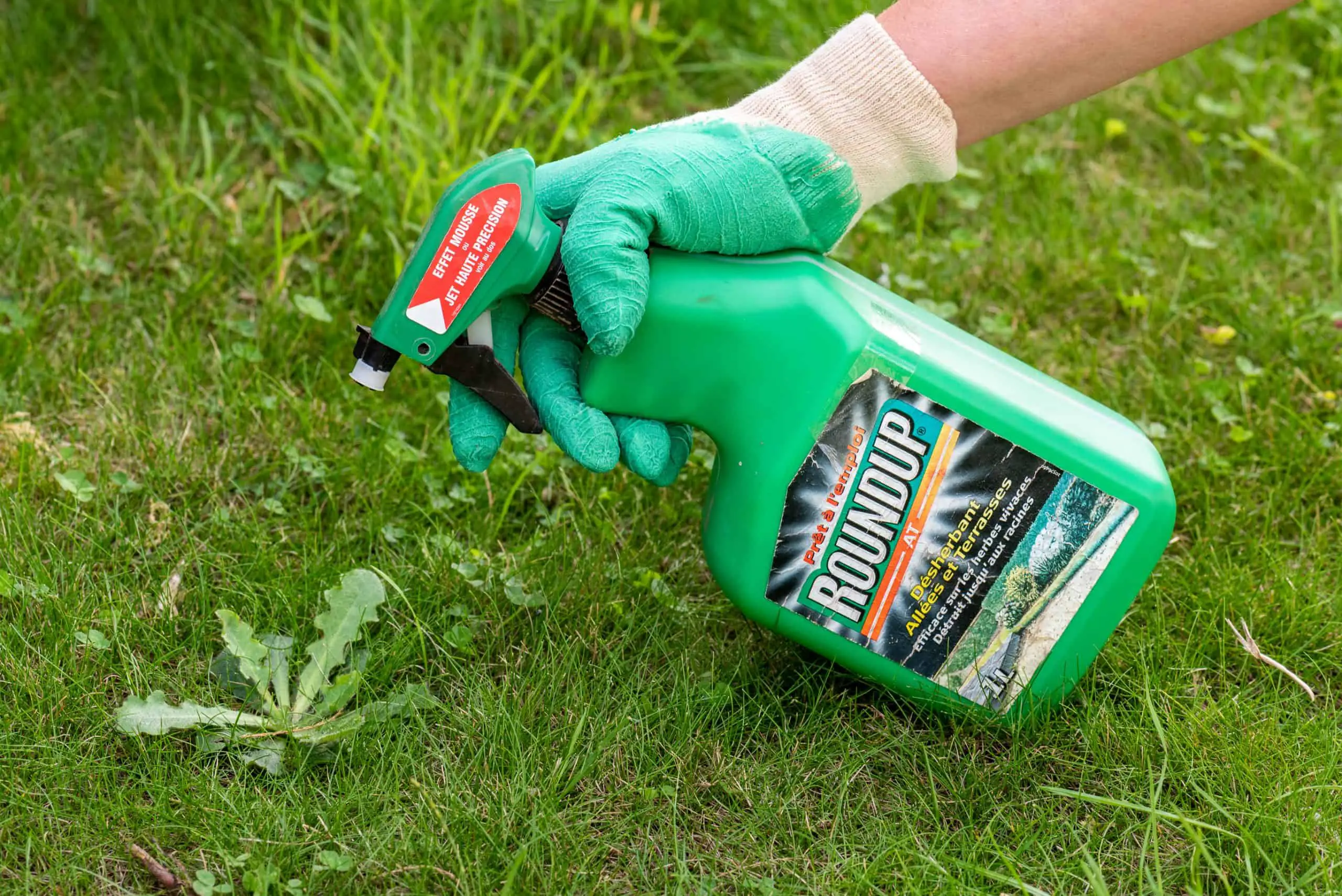
Burning and burying
You can effectively administer this removal DIY method once you have successfully uprooted or cut down the Japanese knotweed canes.
It would be best to let the knotweed dry first before burning it. Furthermore, as a precautionary measure, it is important to ensure that the Japanese knotweed burnt remains are disposed of properly, preferably at a recommended landfill site, to eradicate the weed.
On the other hand, Burying is a viable removal DIY approach; however, it should be done with extreme caution to prevent re-growth.
To this end, one must use a root barrier membrane that serves the purpose of preventing the encroachment of the underground knotweed rhizome to the surface of the land.
When burying the Japanese knotweed, no other waste should accompany it because it may intensify the weed growth. The root barrier membranes can be readily purchased online; hence, it shouldn’t be a problem if one intends to use them to eradicate the weed.

Smothering Japanese knotweed
This removal DIY method requires a tarpaulin sheet or cover to smother the weed. The scientific reasoning supporting this method is that the weed, just like any other plant requires sufficient sun and water for growth.
Therefore, by taking steps to cut down the weed and subsequently cover the area with an impervious material such as tarpaulin, the weed is deprived of the elements it needs to grow.
Although this method will seemingly take a while for complete eradication to occur, it is worth a try as a means of restricting the widespread of weed.
Involve professionals
In instances where you are uncertain about the right cause of action for dealing with invasive Japanese knotweed, you can resort to specialist services in the same area and be guided on the proper removal DIY method to deploy.
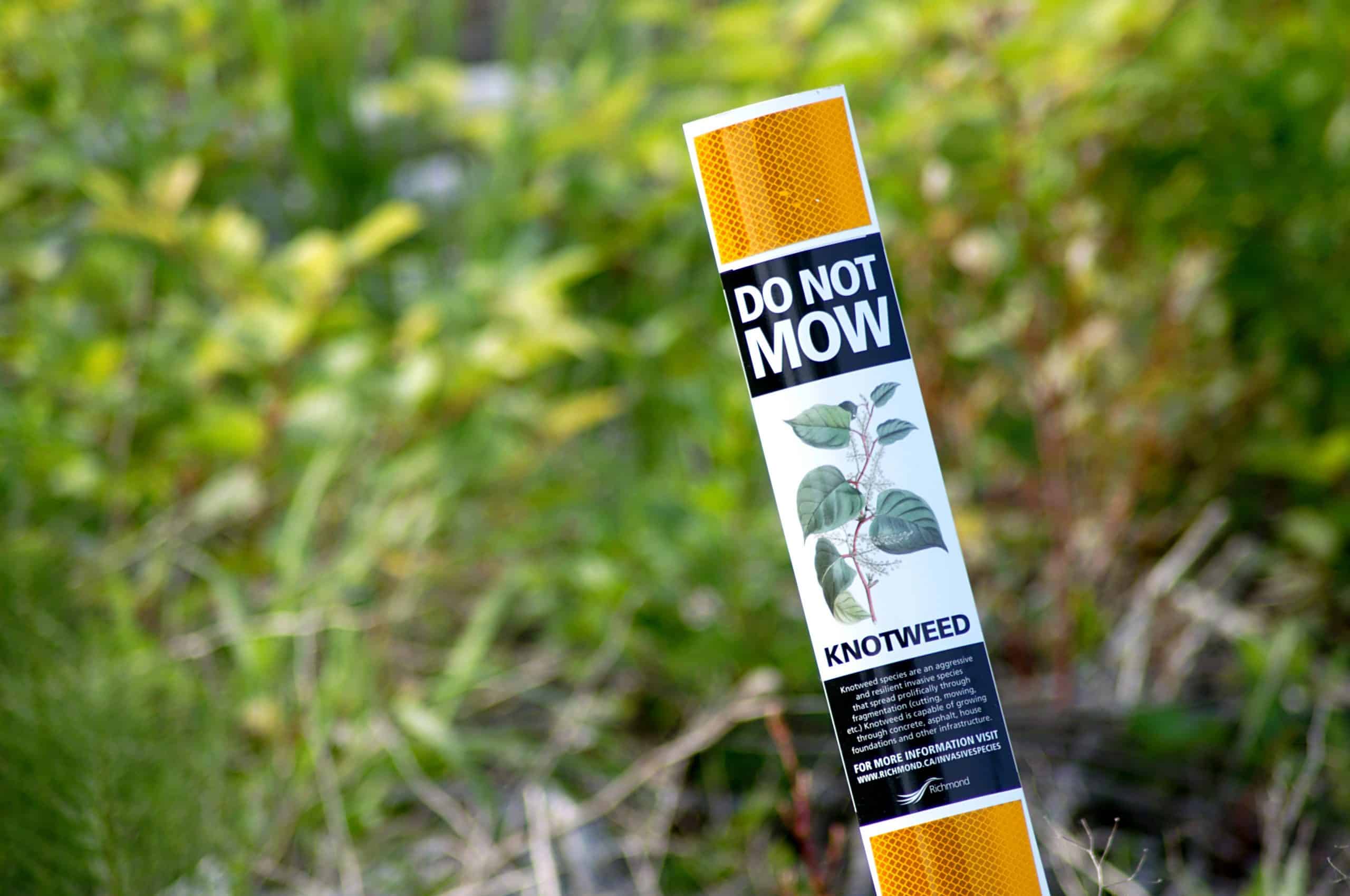
The Don’ts of Japanese Knotweed Removal DIY
In as much as the Japanese knotweed removal DIY methods are self-explanatory, here are a few things one must be cautious of to ensure the weed does not grow back or spread towards adjacent properties;
Avoid spreading contaminated soil.
Any soil that has or previously had Japanese knotweed growing in it should never be moved to another area for the simple reason that the root system of the weed can go very deep into the soil; therefore, any remaining fragments of the same can easily invoke a fresh growth.

Avoid recklessness
Based on the fact that the Japanese knotweed is highly invasive, caution must be taken while working towards eradicating the weed. For instance, the weed pieces should never be left lying around unattended.
The disposal methods of any remains of the weed must also be spot-on to prevent re-growth. Equally, you must do everything possible to prevent the spread of the weed to neighbouring properties.
Avoid the use of unproved organic methods
There are various myths about the removal DIY methods of the Japanese knotweed, the common ones being the use of coffee, bleach, vinegar, and other “natural” treatments.
There is not enough scientific proof as to the effectiveness of these elements hence the rationale to try and use the tried, tested, and approved methods towards eliminating the weed.
Remember, the early you act on eradicating the weed with proper methods, the better chances you stand of killing the weed completely.
Conclusion
Although the above deliberated Japanese knotweed removal DIY methods are not exhaustive, they can be effectively applied under different situations to help eradicate the weed.
Based on the fact that some of the commercial approaches tailored towards the eradication of the weed can be expensive, one should make use of the readily available and easy to apply removal DIY methods as often as possible.
Want to know more about Japanese Knotweed removal DIY?
Knotweed Removal aims to provide the most up-to-date information, help and advice for YOU to make informed decisions. If you are unsure or uncertain about how to proceed, please reach out to us and we will gladly come back and advise you as best we can.
Governmental advice can be found here and the UK law covering the removal of Japanese Knotweed as stated under the Wildlife and Countryside Act 1981 can be found here.
The best means to contact us is via our email – hello@knotweedremoval.tips
Do not forget we have a library of blogs covering many areas relevant to Japanese Knotweed, our free downloadable How-to Guides and Product Reviews on the latest methods being employed to eradicate or remove Japanese Knotweed.
Knotweed Removal, UK

